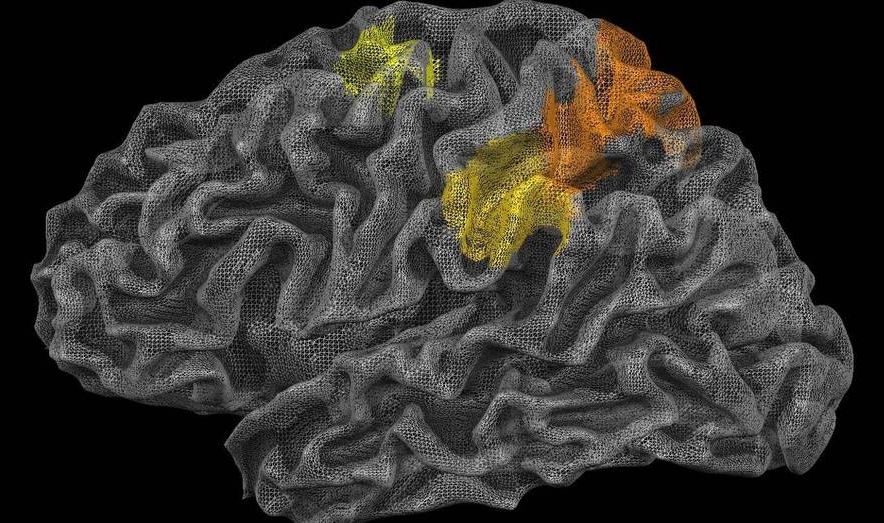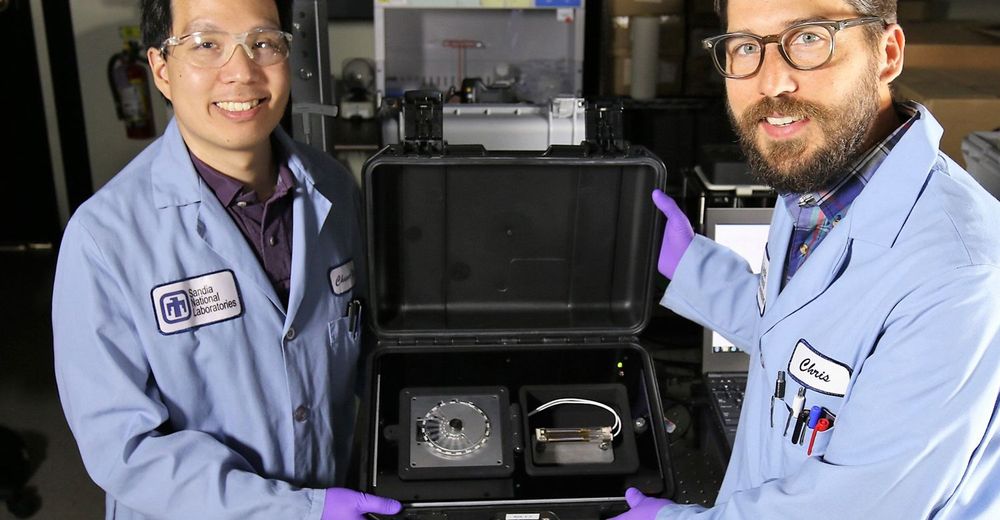(date unknown)
Get the latest international news and world events from around the world.

Biofeedback from the brain will help students learn faster
Biofeedback will also be able to help with problems that feel intractable, by conditioning students to make time to think outside the box. Studies show the best way is to deal with a seemingly intractable problem is to consider it intensely for a period of time and then to relax to an almost meditative state to foster the brain’s creative side.
We have trialled technology that can help users manage this approach in Finland, using an app called Study Train that has been designed by Finnish education experts. The app combines the Pomodoro time-management technique with customised learning rhythms based on an individual’s brain waves, telling students to focus when learning efficiency is high and to rest meditatively to promote lateral thinking and creativity when efficiency is low. It is now being used by students in China, Malaysia and Taiwan as well as in Finland and next year will be rolled out further.
We have long known that the brain has good and bad times for retaining information and solving problems. By combining EEG data and machine learning we can now we confident when those different states occur and use that information to improve students’ learning. 2019 will be the year when study becomes turbocharged.

Doc in a Box Knows What Ails You
Engineers at Sandia National Laboratories have improved their SpinDx mobile diagnostic device so that it can perform both protein and nucleic acid tests. This lets it identify nearly any cause of illness in human patients, including viruses, bacteria, toxins, and immune system markers of chemical agent exposure.
This mobile diagnostic machine can test for viruses, bacteria, and active toxins.

Experimenting with Cancer Treatments Outside the Human Body
New research from MIT has resulted in a microfluidic device, the tumor analysis platform (TAP), that can simulate different cancer treatments on biopsied tumor tissue. The TAP device can be 3D printed within one hour and is slightly larger than a quarter. Three cylindrical shafts rise from the surface of the device and serve as ports to input and drain fluids, as well as remove air bubbles. Fluid—including various media, fluorescent markers, or lymphocytes—gets injected into an inlet port adjacent to the trap. The fluid enters through the inlet port and flows past the trap.
A new 3D-printed device from MIT researchers allows for the testing of different cancer treatments on live tumor tissue outside the human body.

This Scientist Is On The Verge Of Curing Multiple Sclerosis For 2.3 Million Patients
More effective treatments for Multiple Sclerosis on the horizon?
Dr. Metcalfe and her company are already looking to take down other severe diseases as well.
“Psoriasis is high up on our list, and diabetes is another. Downstream there are all the dementias because a LIF is a major health factor for the brain. So if we can get it into the brain we can start protecting against dementia.”
Please SHARE this with your friends and family.
Are We Just Another Primate? Robert Sapolsky
Perhaps not the most complete and/or updated view on dopamine, but pretty fun short talk overall. No, we’re not that different.
http://www.scienceandnonduality.com
In this talk from SAND 2018, Robert Sapolsky considers the unlikely realms where humans are merely on a continuum with other species…until you look closely. With a host of surprising and fascinating examples and illustrations he spells out the case that humans are a type of ape, operating on the same basic types of neurons found throughout the animal kingdom. So is there any behavior that we can say for certain is unique to humans?
For more information visit https://www.robertsapolskyrocks.com
Science And NonDuality is a community inspired by timeless wisdom, informed by cutting-edge science, and grounded in personal experience. We come together in an openhearted exploration to further our individual and collective evolution. New ways of being emerge. We embody our interconnectedness and celebrate our humanity.

Google is buying Fossil’s smartwatch tech for $40 million
While the company is no doubt losing quality employees, Fossil is still committed to wearable tech.
Rumors about a Pixel Watch have abounded for years. Such a device would certainly make sense as Google attempts to prove the viability of its struggling wearable operating system, Wear OSeems the company is finally getting serious about the prospect. Today Fossil announced plans to sell its smartwatch IP to the software giant for $40 million.
Sounds like Google will be getting a nice head start here as well. The deal pertains to “a smartwatch technology currently under development” and involves the transfer of a number of Fossil employees to team Google.
“Wearables, built for wellness, simplicity, personalization and helpfulness, have the opportunity to improve lives by bringing users the information and insights they need quickly, at a glance,” Wear OS VP Stacey Burr said in a statement. “The addition of Fossil Group’s technology and team to Google demonstrates our commitment to the wearables industry by enabling a diverse portfolio of smartwatches and supporting the ever-evolving needs of the vitality-seeking, on-the-go consumer.”

